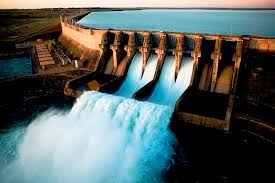
Small-scale micro-hydropower projects can make a big difference to communities in remote locations.
The basic principle of hydropower is using water to drive turbines. Hydropower plants consist of two basic configurations: with dams and reservoirs, or without. Hydropower dams with a large reservoir can store water over short or long periods to meet peak demand. The facilities can also be divided into smaller dams for different purposes, such as night or day use, seasonal storage, or pumped-storage reversible plants, for both pumping and electricity generation. Hydropower without dams and reservoirs means producing at a smaller scale, typically from a facility designed to operate in a river without interfering in its flow. For this reason, many consider small-scale hydro a more environmentally-friendly option.
